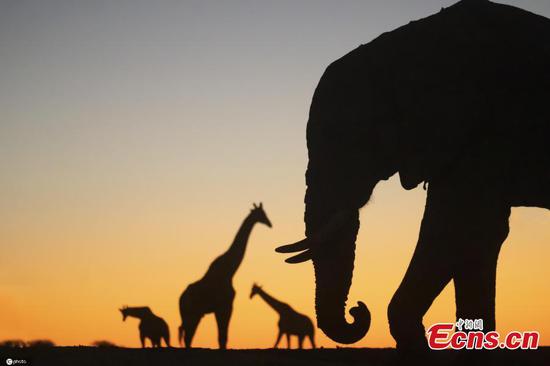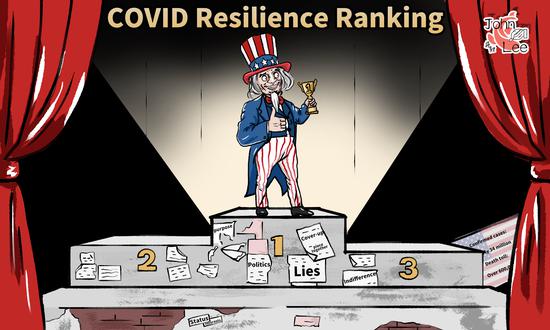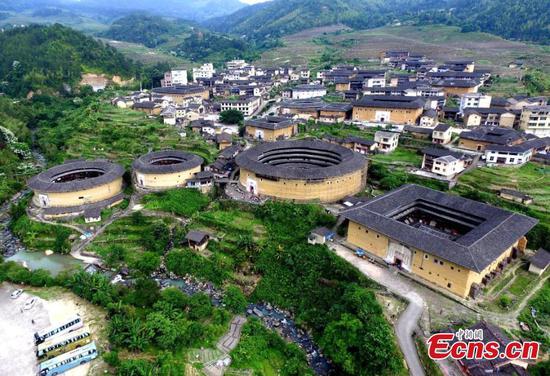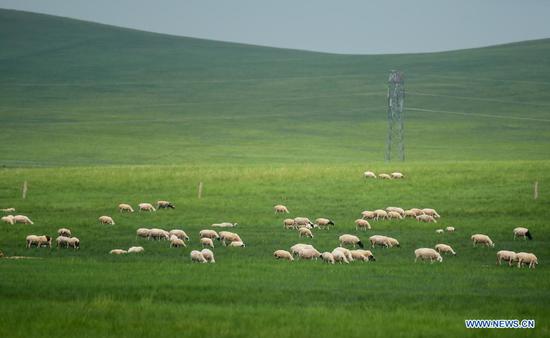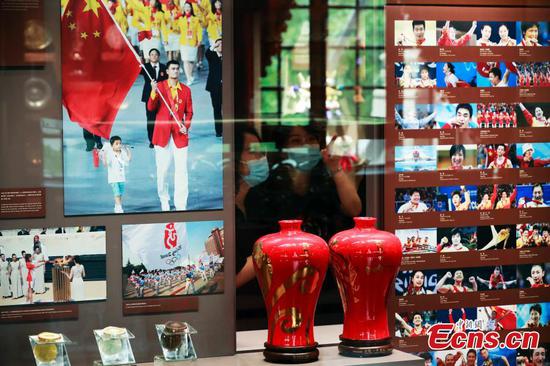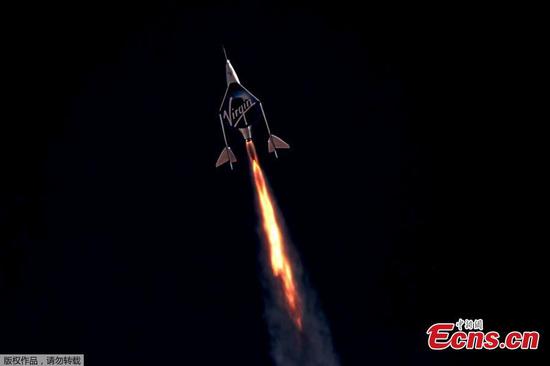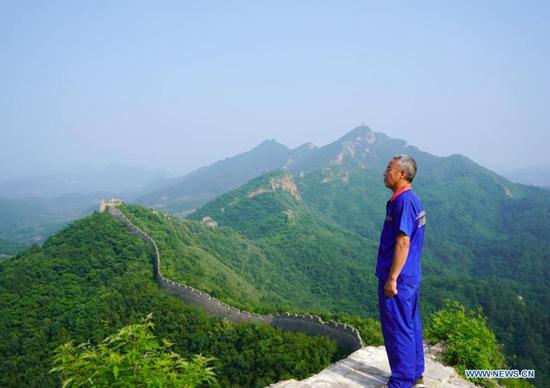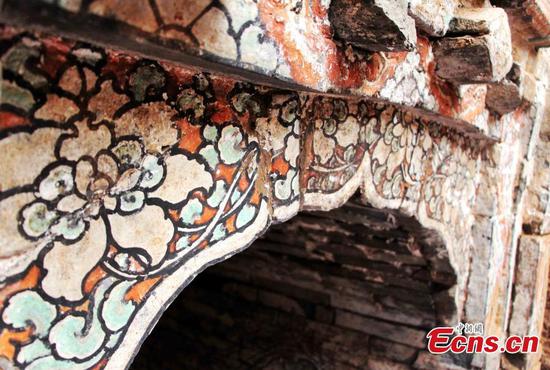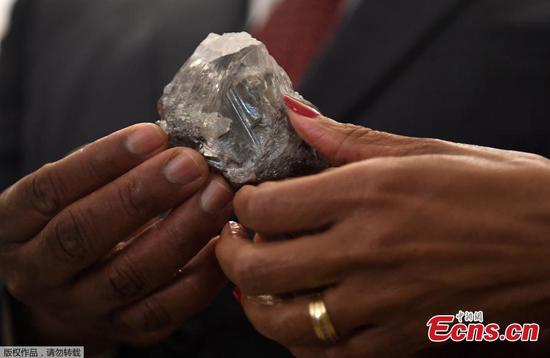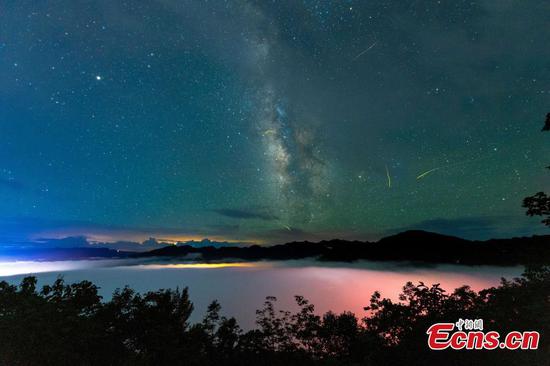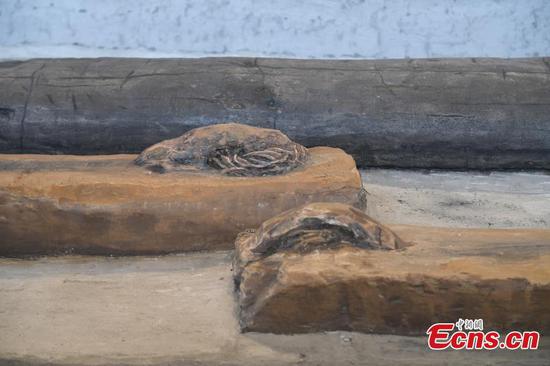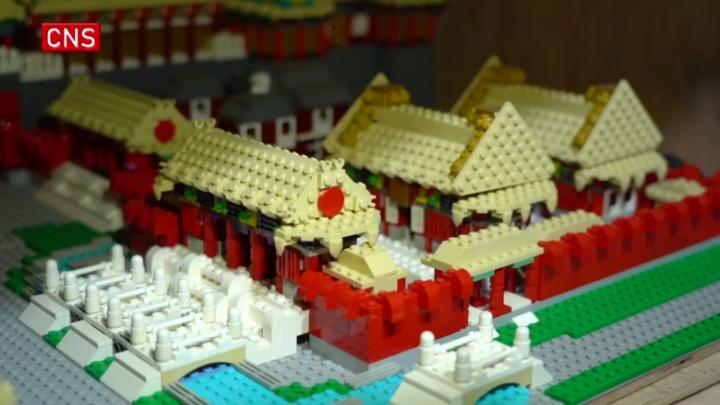For example, Sean R. Roberts, associate professor of international affairs practice and director of international development research program at Elliott School of International Affairs of George Washington University in the United States, wrote the book “Uygur war”, which falsely claimed that “the theory that Xinjiang has been China’s territory since ancient times is invented by the Chinese government and is imposed on the Uygurs as the history of Xinjiang” through the so-called “extensive interviews with Uygurs, refugee communities and exiles from Xinjiang. It also slanders China by saying that China packages the “policy of oppressing the Uygur people” and arbitrarily detains the Uygur people under the pretext of combating terrorism and extremism, which leads to the assimilation and marginalization of the Uygur people The book General History of Uygur, written by Nabijiang Tu’erxun, editor of Radio Free Asia and published by the so-called Uygur Research Institute, fabricates the history of the “Founding of the Republic of East Turkistan” around 1944. The book Political History of Uygur: 1949-2012 slanders China for “occupying East Turkistan and persecuting Uygurs”. In fact, Xinjiang has long been an inseparable part of Chinese territory. As early as 60 BC, it was incorporated into China’s territory and became an integral part of China which has been an unified multi-ethnic country. In the history of China, Xinjiang has never been called “East Turkistan”, let alone “East Turkistan State”. In July 2019, the Information Office of the State Council of China issued a white paper entitled Historical Matters Concerning Xinjiang, which elaborated on this in detail. The Turks (Tujue in Chinese) were nomads who originated in the Altai Mountains in the middle of the 6th century. The Turkic Khanate with vast territory was established successively (later divided into East Turkic Khanate and West Turkic Khanate). In the late 8th century, the nomadic Turks dissolved as its last khanate collapsed. They mixed with local tribes during their migration to Central and West Asia, but these newly formed peoples were fundamentally different to the ancient Turks. From the 18th century to the first half of the 19th century, as the West made a distinction between the various Turkic languages (branches of the Altaic languages), some foreign scholars and writers coined the term “Turkistan” to refer to the region south of the Tianshan Mountains and north of Afghanistan, which roughly covered the area from southern Xinjiang to Central Asia. They called the two areas on either side of the Pamirs “West Turkistan” and “East Turkistan”. At the turn of the 20th century, as “Pan-Turkism” and “Pan-Islamism” made inroads into Xinjiang, separatists in and outside China politicized the geographical concept and manipulated its meaning, inciting all ethnic groups speaking Turkic languages and believing in Islam to join in creating the theocratic state of “East Turkistan”. It is not difficult to see that the advocacy of this so-called “East Turkistan state” has become a political tool and program for separatists and anti-China forces attempting to split China. The so-called “occupying East Turkistan and persecuting Uygurs" is absurd and ignorant, which is a typical “conspiracy theory”.
RIGHT BG









